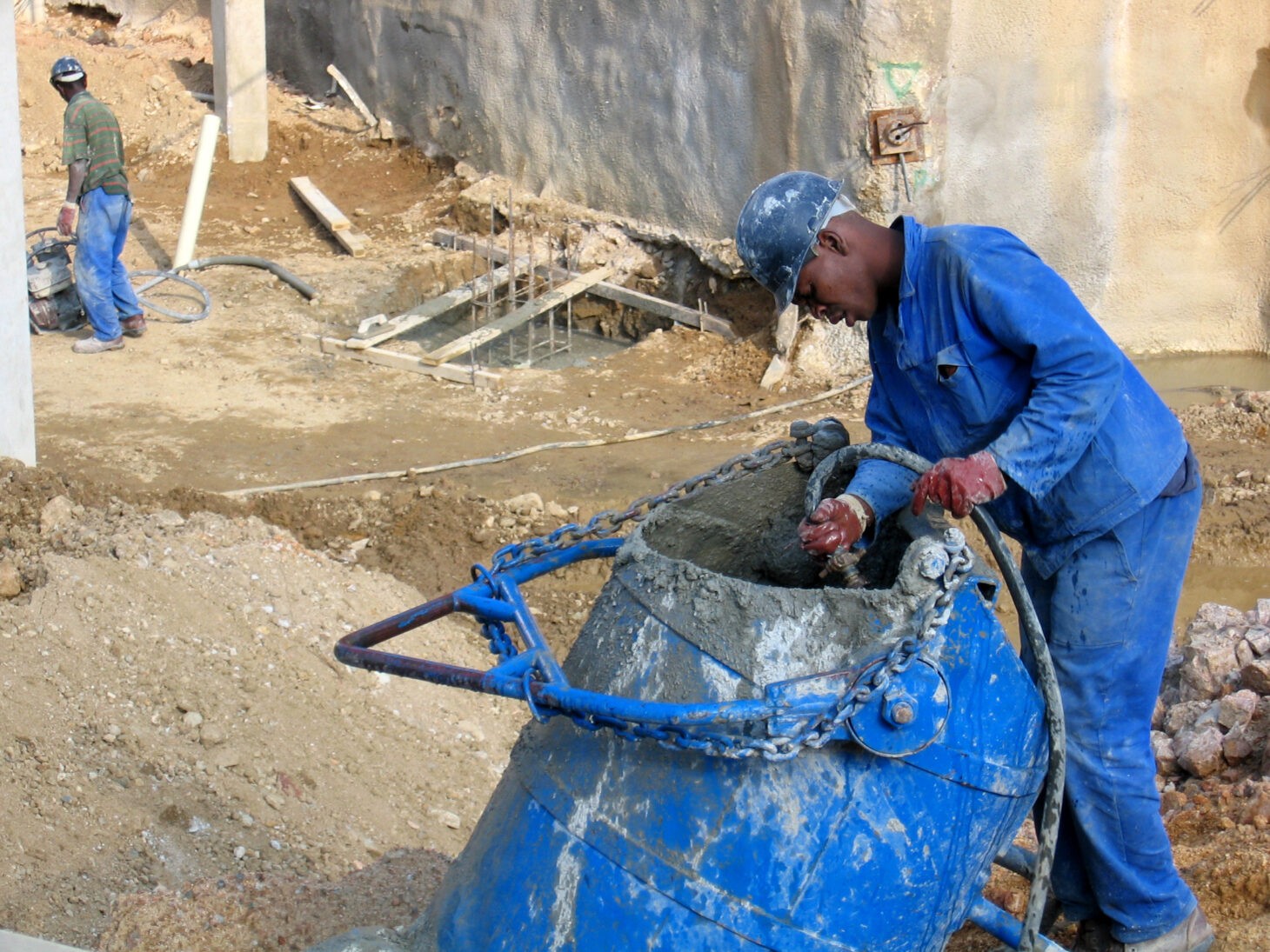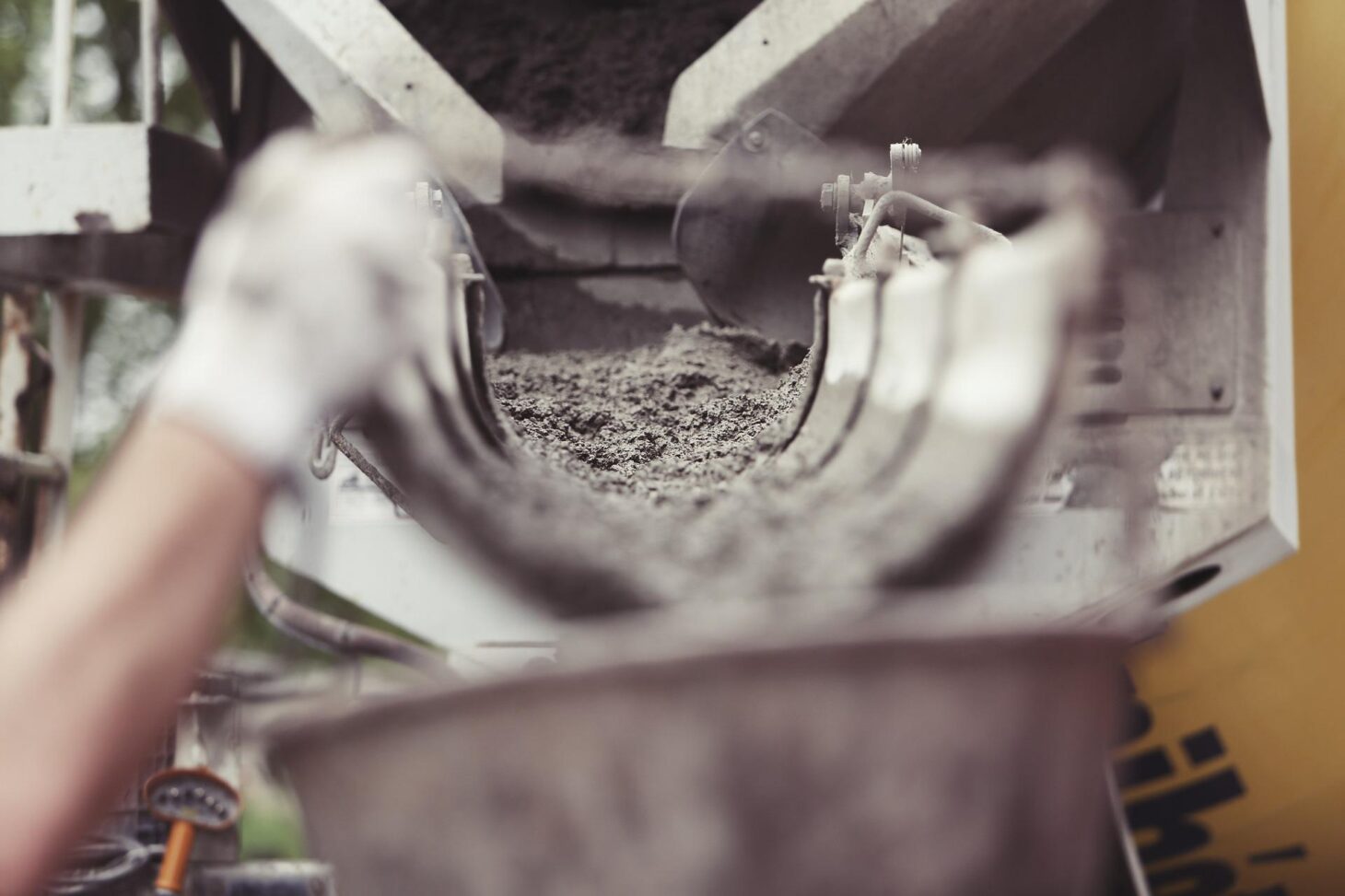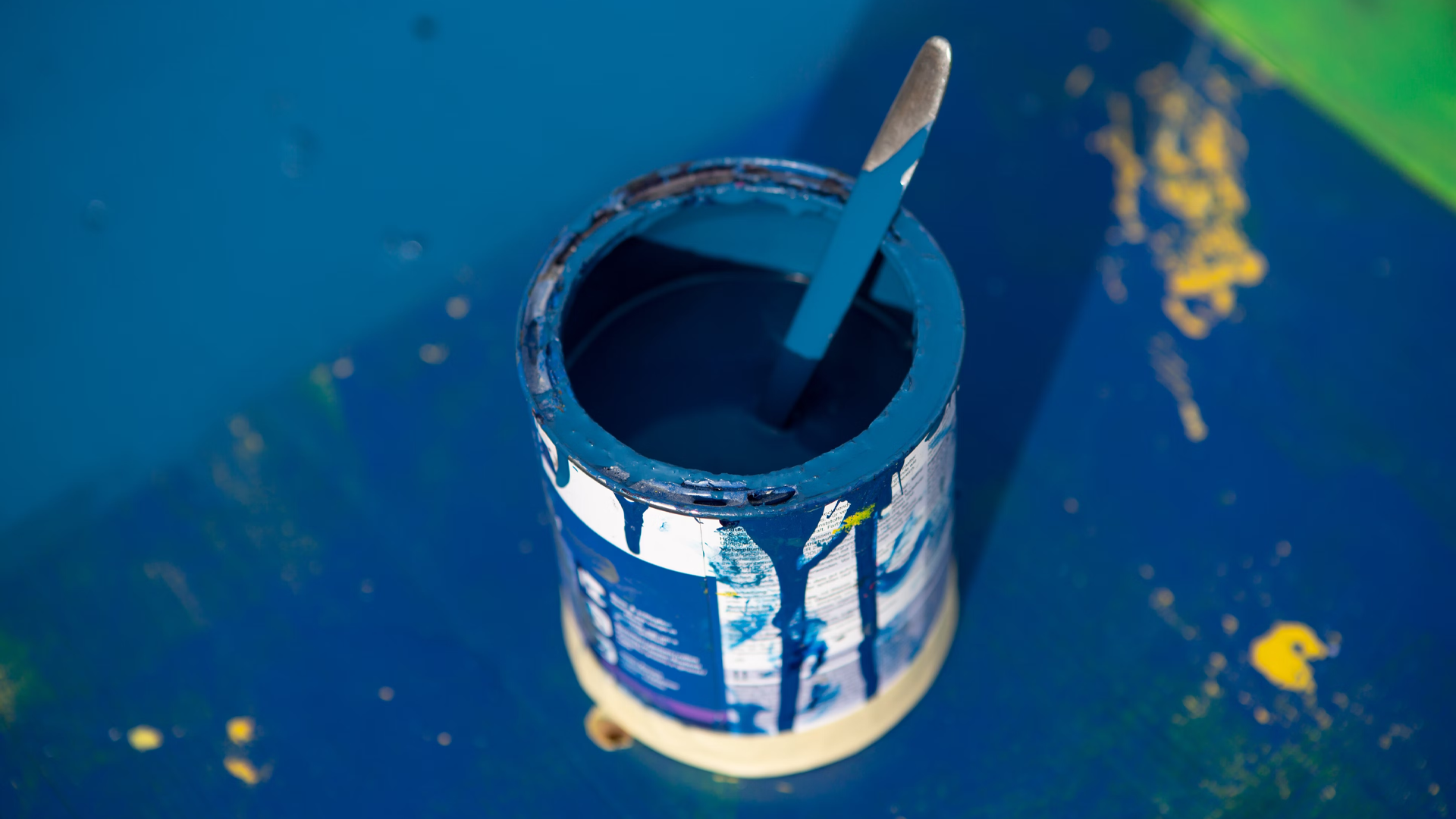Rendering is the process of applying a protective coating to the exterior of the building to provide a smooth or textured finish as desired. Along with the rendering tools and supplies, the process of rendering mainly includes rendering mortar and water.
Is it the same as plastering? Well, yes and no.
The basic difference between plastering and rendering is that rendering is carried out on the exterior wall surfaces while the plastering works best on the interior ones. However, they both use the same materials like sand, cement, water, lime etc., combined in different ratios.
Experts choose the appropriate rendering mortar depending on the type of material the building is made of and its location. Rendering nowadays also gives the extravagance to choose the building’s colour and thermal insulation properties.
Since mortar mixes and their ratios are important in the construction business, how about we dive in deep to know more about them?
Suppose you are planning to build a new home, renovate an old one or diversify your knowledge on components of the rendering mix and the different types of mortar mixes for rendering. In that case, this article is for you!

Why is motor mix important in Rendering?
Once rendered, a building can stay like a newly built one, without any crack or damage for years. Choosing the suitable render mortar gets you the best results. Some of the benefits they provide include,
- Durability
- Flexibility
- Weather protection
- Breathability
- Fire protection and
- Aesthetics
These properties are consciously induced while rendering by choosing the appropriate material at its best composition. Different rendering options are available based on their material and requirements.
Mortar Mix and its components
Mortar is the binding component of the building. While rendering the mortar mix is vital to provide the necessary finish to the exterior wall surface. In most cases, the mortar mix for the rendering process uses only a few of these ingredients like water, cement, sand, and lime.
Cement
It is the binding agent in a mortar, found in almost all mortar mixes. Its chemical compounds include silicone, calcium, iron and aluminium. You can use any cement for rendering.
Sand
Usually, there are three types of sand, soft sand, sharp sand and plasterer’s sand. Since rendering needs fine grains, it’s best to mix the mortars with the plasterer’s sand. The coarse sand is first applied, followed by a finer sand mix.
Lime
If we had to choose a prime element in mortar mix, lime would win the race. These are the core elements of the rendering mortar mixes. Lime is obtained from the calcium carbonate in the limestones. They are responsible for the breathability, longevity and durability of the rendered surfaces.
Types of Mortar Mixes for Rendering:
There are typically two types of mixes to render a building,
- Cement mortar
- Gauged mortar
Cement Mortar
The main components of a cement mortar are cement, sand and water. The cement in the mix is meant to strengthen and support the rendering. However, when the ratio exceeds the sand levels, the cement’s durability gets out of control and forms cracks.
The ideal ratio for cement mixture would be 4 parts of sand and 1 part of cement (4:1 ratio). Use water as a binding solution and mix the mortar to the desired consistency.
Gauged mortar
These mortars include lime and cement as the binding components and sand as fine aggregate. The lime and cement are responsible for the strength and flexibility of the mortar.
The most commonly used rendering mortar mix includes 6 parts of sand, 1 part of cement and 1 part of lime (6:1:1 ratio). Even though the lime or gauge mortar is extremely cohesive, it requires more effort to apply (needs around 3 coats), unlike the easily adhesive cement mortar.
Use any cement, though be careful to include only fine sand as aggregates. The plasterer’s sands are usually fine and devoid of any impurities. As for lime, it is best to use a hydrated lime variety for better results.
You’re mistaken if you think rendering is boring and plain cement coating. The results of rendering a building can be far more interesting and attractive!
Changing the mixture and its material can alter the final results of the rendered building. You can add colour, texture or thermal insulation properties accordingly.
Monocouche Mix
These are cement mortars with colour induced in them. The colours are premixed with the cement and don’t require an extra top paint layer. The rendering gives a uniform colour distribution and longevity to the outer wall.
These mixes are more flexible than the lime mortars. However, they need a polymer base coat before applying the mortar mix.

Silicone Mortar Mix
These mortar’s silicone components help the rendering perform high flexibility to crack and damage. They are lightweight, weatherproof and water-resistant renders. You also get colour variations in silicone renders.
Acrylic Mix
Acrylic rendering can be more affordable than silicone renders if you are under budget. These mortar mixes are made of plastics. They are flexible, waterproof and hold back the render colours decently. However, they aren’t as breathable as the silicone renders.
Cork-based Mix
If you want to be more eco-friendly, the cork-based mix is a relatively new rendering material. These are natural and biodegradable mixtures. They are made from natural cork and water-based acrylic resins.
You can always add a splash of colour to them by adding pigments. They are sea salt resistant; therefore, these mortars can be a great choice for coastal building!
Conclusion
Regardless of whatever type of mixture you prefer, make sure you use lime or a similar substituent to maintain the rendering properties.
Companies often guarantee 20-30 years of freshness to your building once rendered. It is great and worth your penny; however, make sure you maintain them regularly to retain the best finish for your building.
Imagine how much time and money you can save by this one-time investment!
Now that you are all clear about the mortar mixes, we hope you give your building the best makeover, which can stand for another decade or two!





